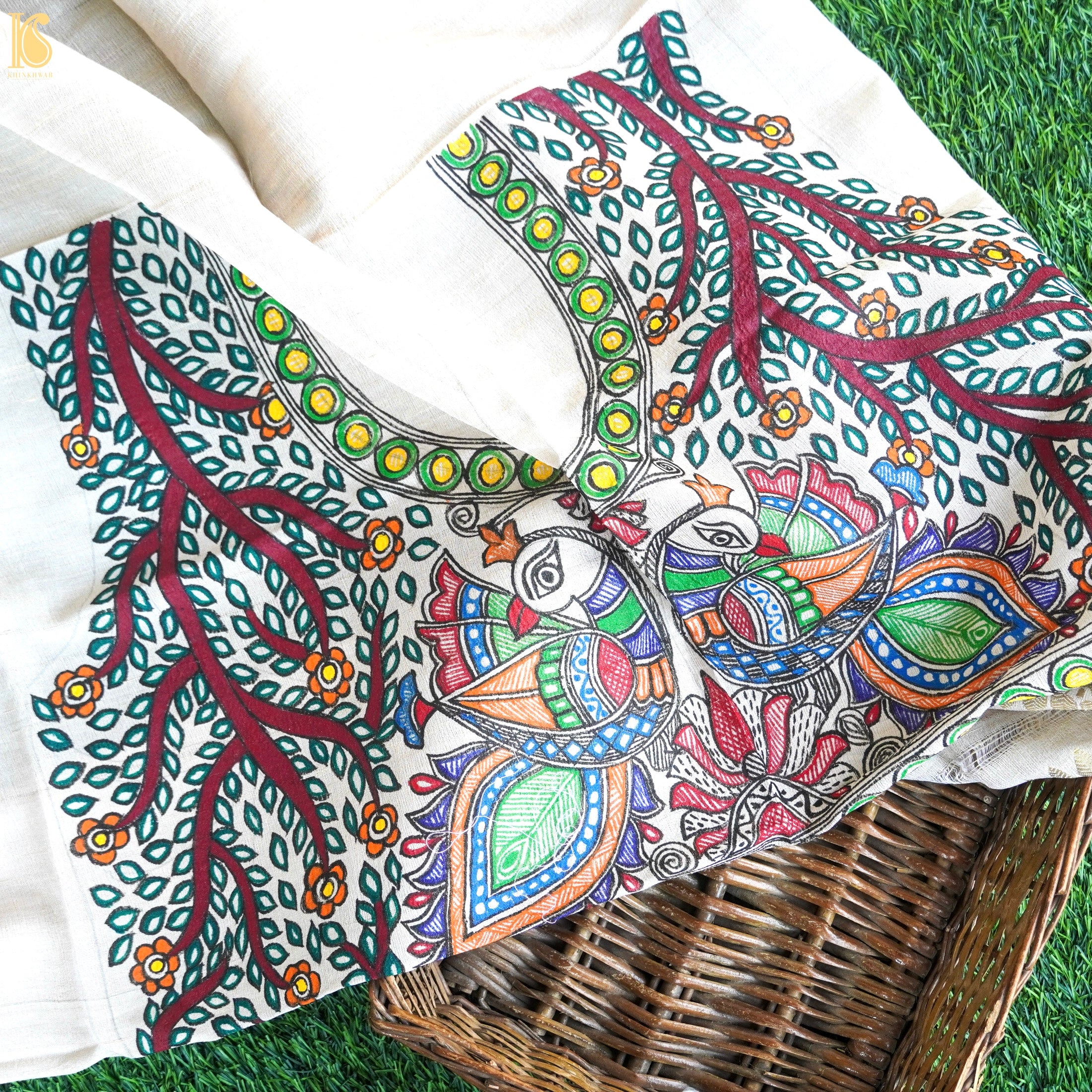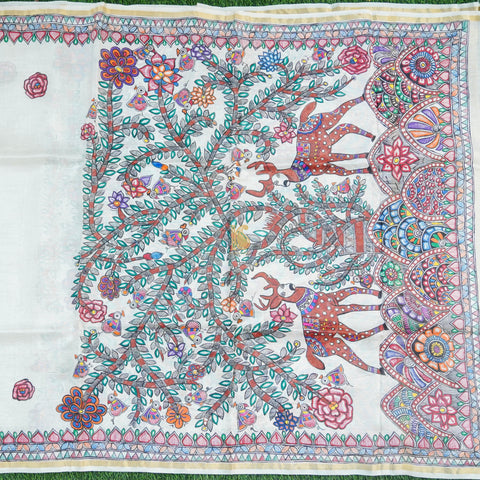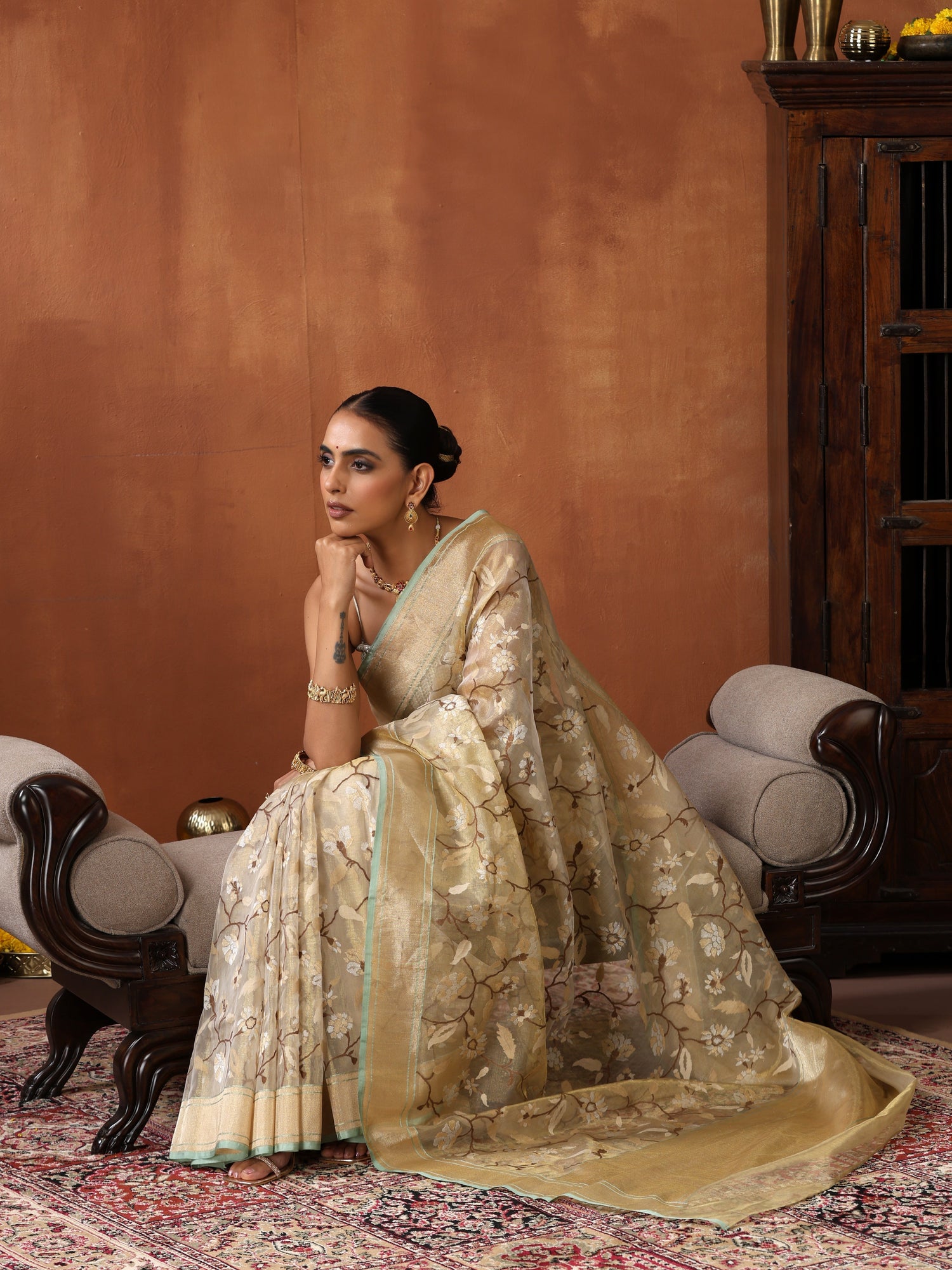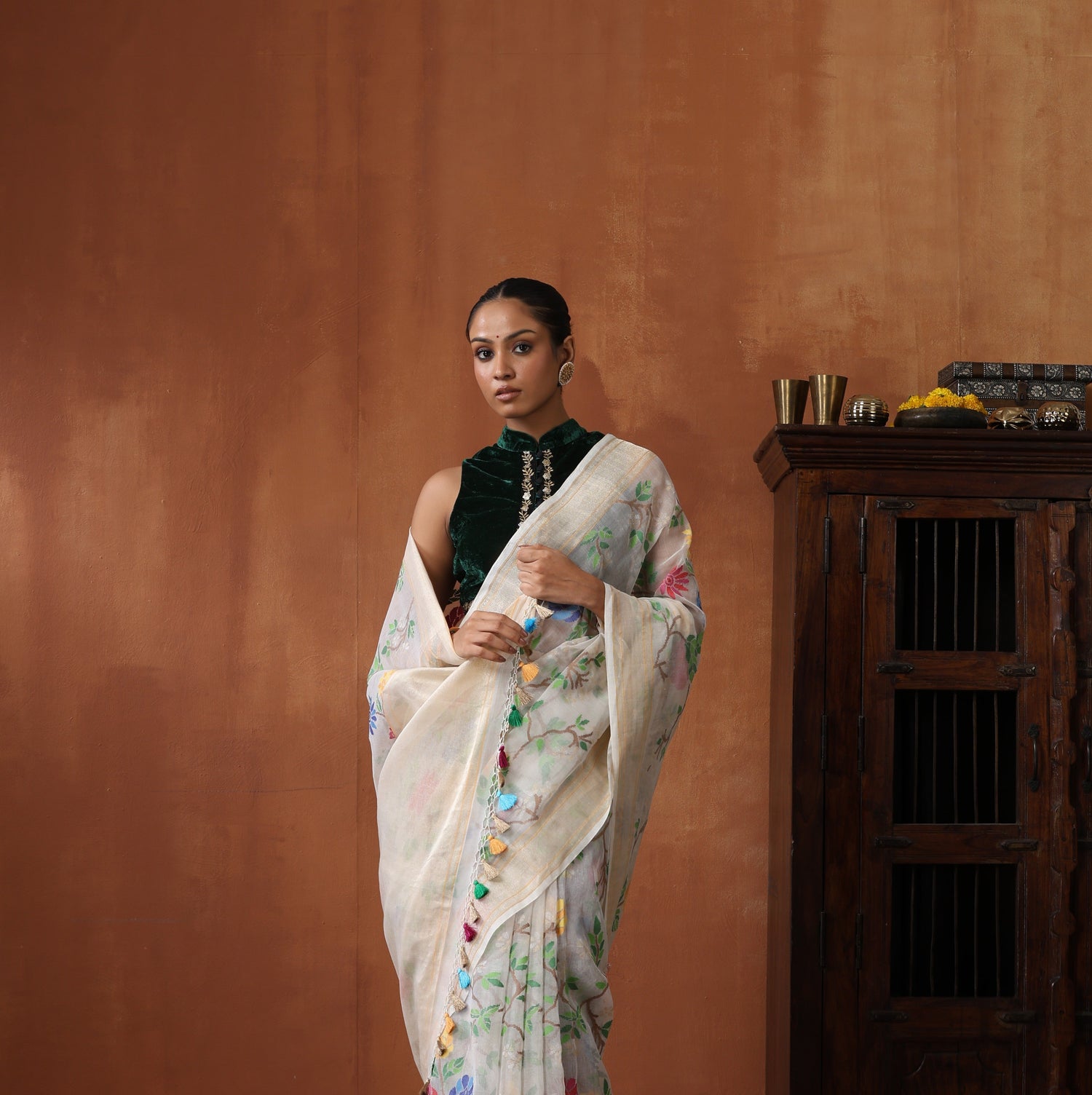Madhubani: The tale
Indian art is rich in traditions that reach back hundreds of thousands of years and may establish a significant connection to our cultural heritage. Madhubani artwork, which professes roots in Indian mythology and derives its name from its geographical location in northern Bihar, is one of the most famous traditional art styles. Madhubani paintings are among the few long-established art styles that have withstood the test of time and continue to thrive.

Traditionally, women would create captivating designs of Madhubani art on the walls of hamlet houses. It was a ritual that was thought to bring the newlyweds luck and riches. There is not a single blank place in the Mithila paintings. Artists will fill the space with flora, fauna, and geometric patterns if there is an empty space.
Women created Madhubani murals on mud homes' freshly built floors and walls centuries ago. While its precise origin is uncertain, tradition has it that in the 8th or 7th century BCE, King Janak, ruler of the Mithila area, sought this new type of painting to depict his daughter Sita's wedding to Prince Rama, the primary protagonist of the epic Ramayana.

This method was subsequently passed down through centuries, and Madhubani paintings are today created on fabric, handmade paper, and canvases. The magnificence of this artistic medium in its imaginative manifestation is its selectivity. This painting was made on auspicious days in ancient times on mud walls or soil ground and was wiped the next day. And because of this, all these artworks have not been archived.
While the origins of this art form may be traced back to the Ramayana period, it passed through several periods of history during the medieval period.
What goes into making Madhubani art
Before synthetic colours became widely available, Madhubani painting was famous for requiring all artists to extract natural colours from houseplants or flora that had fallen to the ground; materials for colour were never to be plucked or taken from elsewhere.
Tools: Natural or fabric colours are used to fill in the drawings with brushes, twigs, matchsticks, and fingers. Nib pens and brushes of different sizes are used to draw outlines of the images. Sometimes, a cotton dab wrapped around a bamboo stick is used as a brush for outlining.

Colours: Cow dung is applied to the surface of the painting to protect it from insects. On paper, artists use a cow dung wash to simulate the backdrop of murals. It serves as an insect deterrent as well. The painting's colours are all-natural.
Black: Black colour is produced by combining carbon dust with cow manure. Boundaries and contours are created using black colour.
Yellow: Turmeric is used to provide the yellow hue.
White: Rice powder is used to create the colour white.
Green: The colour green is derived from the leaves of trees, preferably wood apple trees.
Blue: Indigo is the source of blue colour.
Red: red sandalwood is used to provide the red hue.
Orange: The orange hue is produced by the flowers that bloom on the Palash tree.
Canvas: The ingredients for the canvas include Multani mitti, neem juice, and cow dung. This gives the material a somewhat yellowish look and reminds one of a muddy wall. Cow dung is also effective in defending the paintings from termites and insects; it also lengthens the durability of paintings.
During the early period, Madhubani paintings were done on walls during auspicious occasions and were washed the next day.

Types of Madhubani artforms
Madhubani Paintings are classified into three types:
Social (Kayastha) style paintings: These Madhubani paintings depict scenes from everyday rural Indian life in exquisite detail. They are also believed to reflect love and fertility attributes. Artists only used one colour to etch throughout the paper. This is a distinguishing feature of the Kayastha painting style.
 Religious (Bharni) style paintings: The legends and life events of Hindu deities such as Krishna, Parvati, Lakshmi, Kali, Durga, and Vishnu were the principal subjects of such paintings.
Religious (Bharni) style paintings: The legends and life events of Hindu deities such as Krishna, Parvati, Lakshmi, Kali, Durga, and Vishnu were the principal subjects of such paintings.

Nature (Tatoo) style paintings: Nature's beauty and richness are fundamental values in Madhubani paintings. These paintings often showed stories about Kings, celestial bodies, flora, and fauna.
Madhubani in the Modern era
The ladies in the hamlet who perform this art form utilise it to raise awareness about social concerns and to empower women. Madhubani art is a significant aspect of people's lives in modern-day Bihar.
Due to their exceptional artistic skill, the ladies of the Mithila area have established their work as a source of cultural interest that transcends national boundaries. Politicians and government officials took the initiative to make the art more widely known to increase their financial rewards. They achieved this by convincing female artists to create analogous works of art on paper, which eventually gave rise to the idea of commercialising their creations for a global market.
The latest endeavours by the regional government, NGOs, and cultural organisations have increased the popularity and acclaim of Madhubani art. Many fashion designers have introduced collections of Madhubani designs, which include traditional clothing like sarees, stoles, skirts etc., in their collection that is exquisitely crafted in Madhubani art. Other frequently used items, such as backpacks, journals, etc., are commonly painted in Mithila art and seem to be highly well-liked.
Madhubani Sarees - the enchanting fusion between the art and the six yards
A saree epitomises Indian culture more than any other garment; they symbolise our country's most potent and adaptable fashion staple.
Brush strokes in spectacular colour patterns and vivid presentation are examples of the artist's sparkling vision. Madhubani sarees express the wearer's taste and fashion sense. These sarees, available in vivid colours and patterns and subdued in traditional colours, recreate the aura of exceptional artists. Authentic Madhubani sarees are painted manually by artists. The artists use brushes, twigs, nibbed pens, matchsticks and their fingers to depict various kinds of intricate designs that are praiseworthy.

Some of the best artwork is carved on the pallus and fringes of Madhubani sarees. The designs are carved using natural dyes obtained from elements such as turmeric, indigo, rice, etc., to offer you a magnificent masterpiece to wrap yourself in. These sarees have a timeless charm due to their complex motifs and rich artistry. These sarees are appropriate for every event; they may be worn for a semi-formal occasion, formal wear or even on a date.
The sarees are now also produced by precisely printing the gorgeous Madhubani patterns on fabrics, which has simplified the production of these exquisite sarees. The great thing about Madhubani sarees these days is that they have been brilliantly blended with contemporary design, allowing the stunning art to evolve and improve with the current style.
Conclusion
Unlike many indigenous artistic expressions that have faded, let us open our hearts to Madhubani to preserve its rich history and beauty for future generations. We hope to inspire a new generation of Madhubani art and product lovers.
Bibliography
- Thakur, Prof. Vijay Kumar. Mithila – Maithili : A Historical Analysis. Maithili Academy, Patna, 2016
- Jha, Prof. Kamal Kant. Mithila Gauravshalini (The Glorious Mithila). Amrit Book Publications, 2018
- Madhubani- Google arts & Culture








